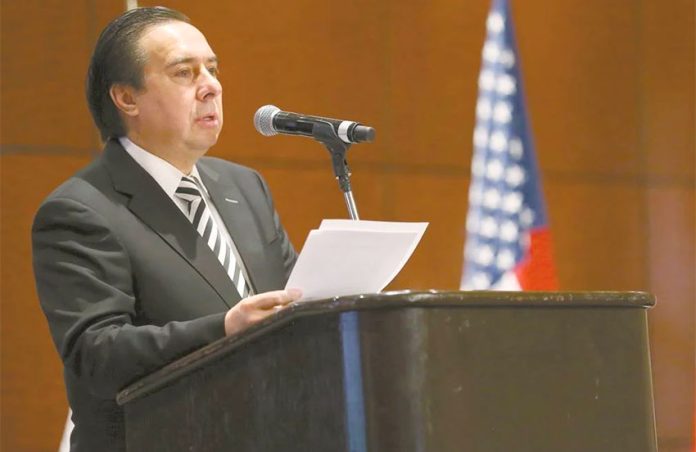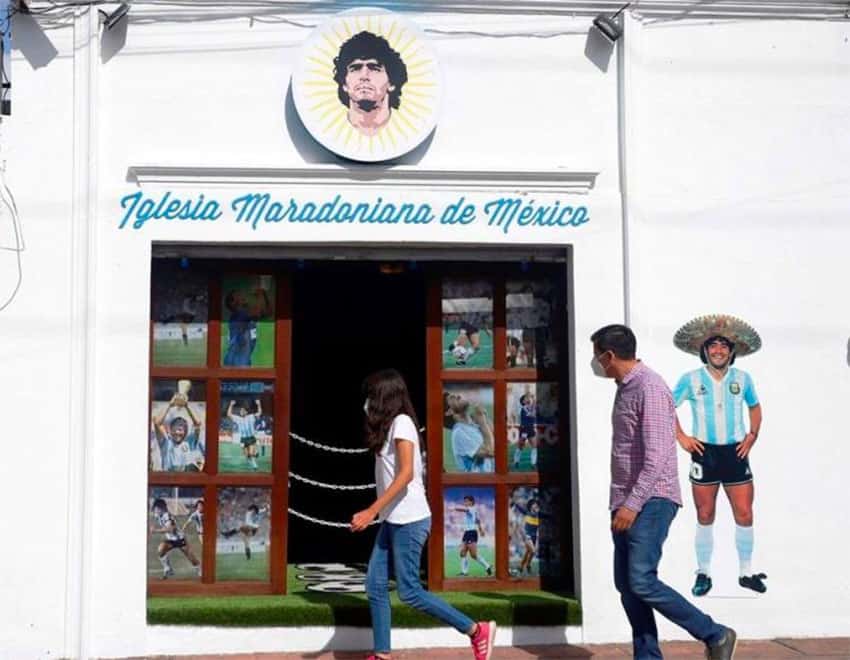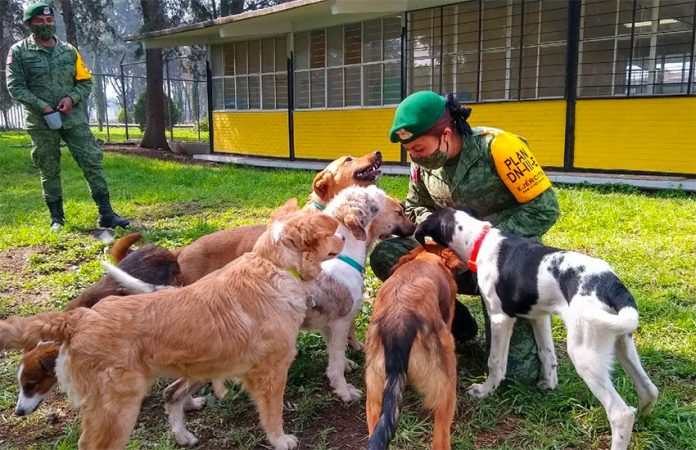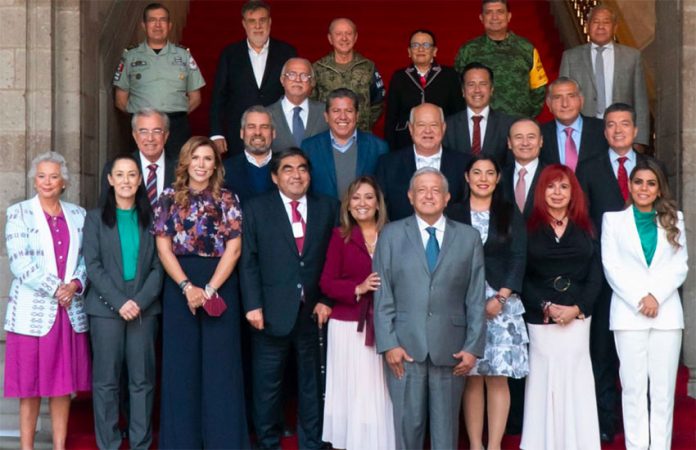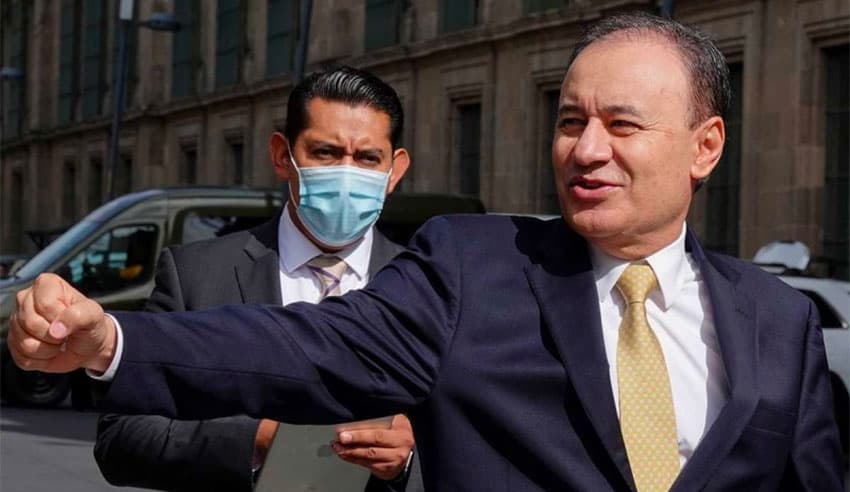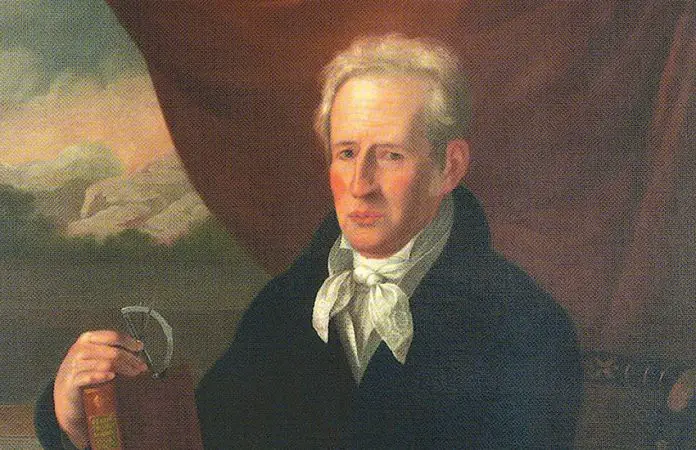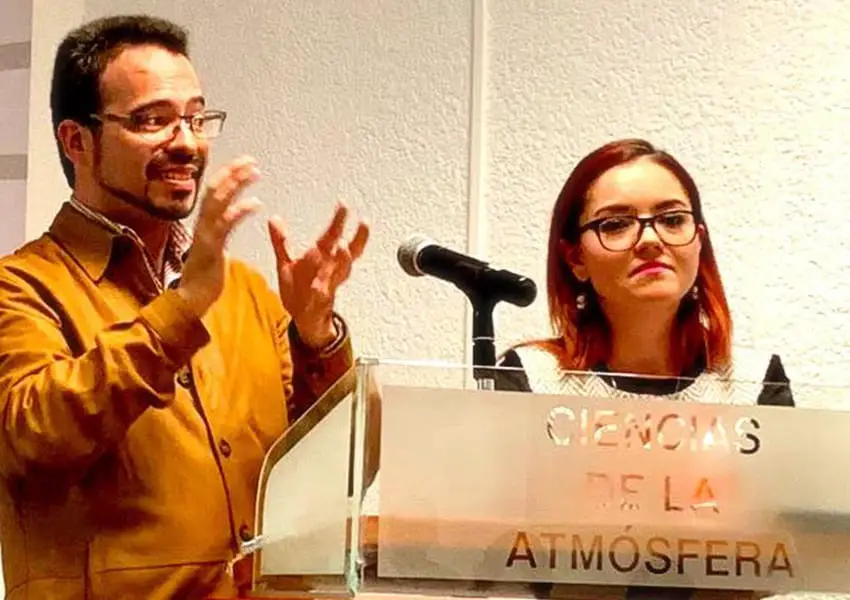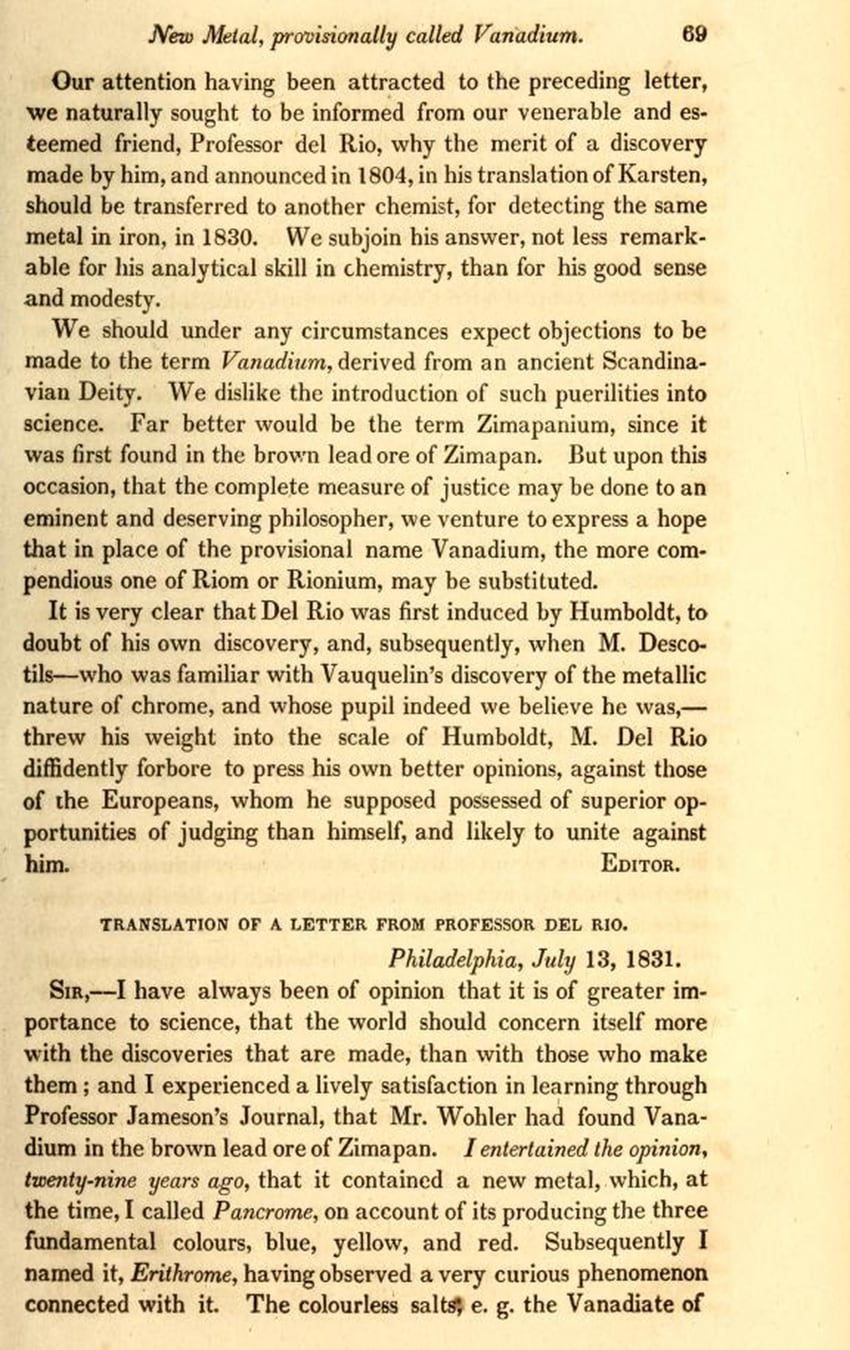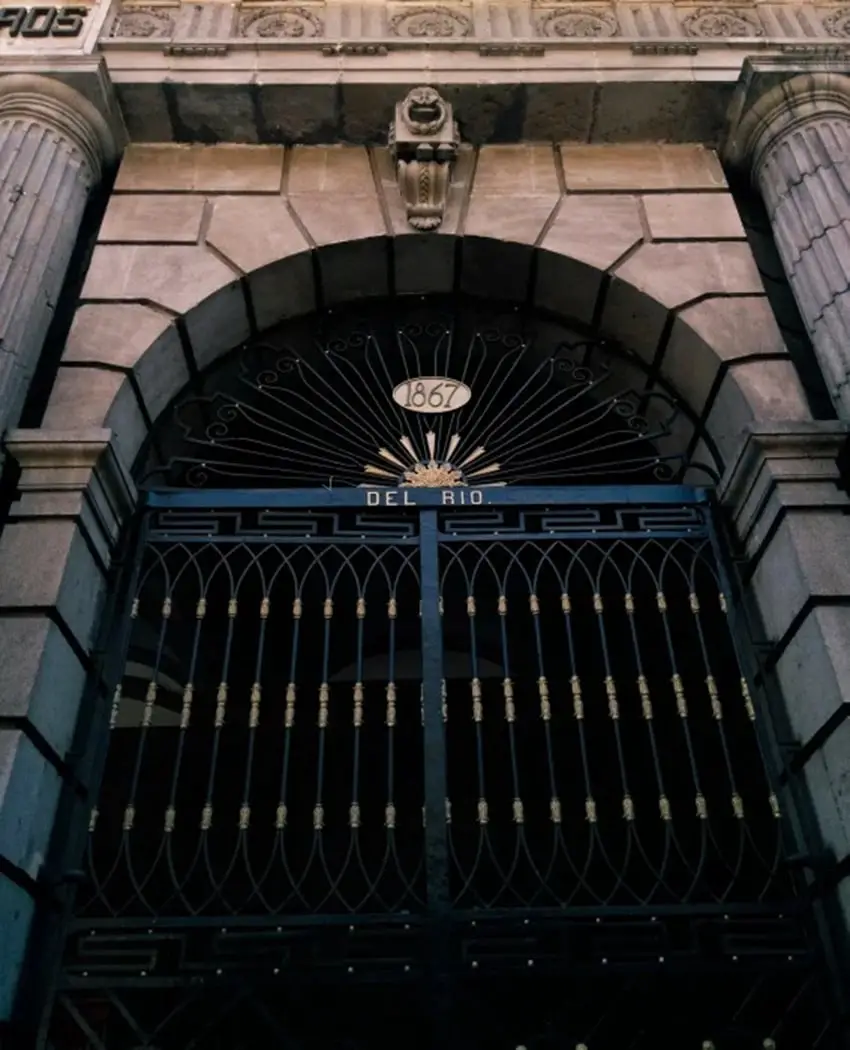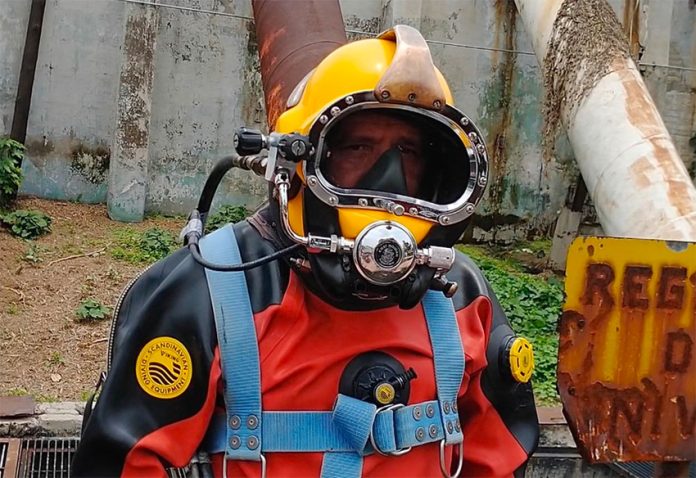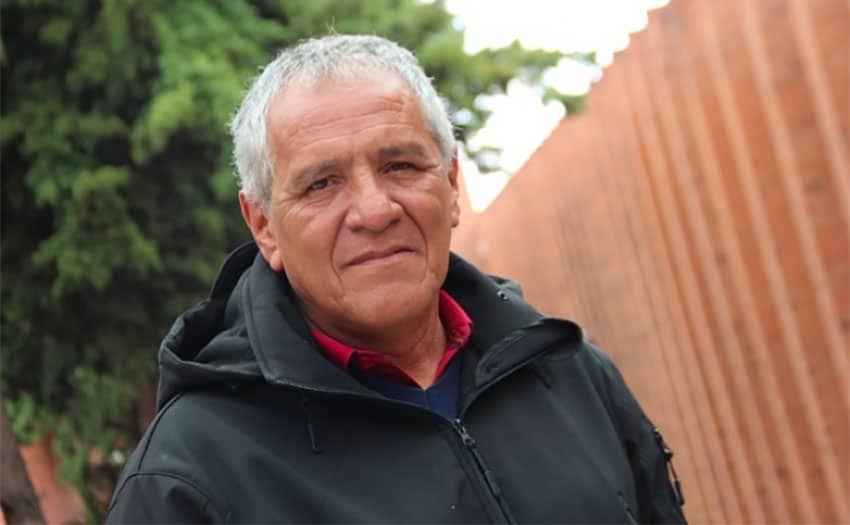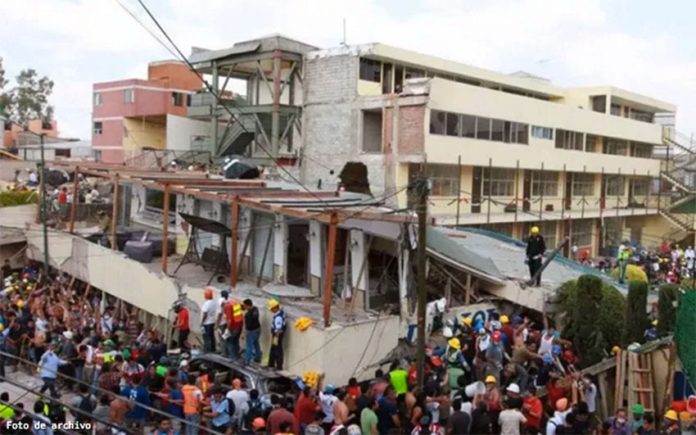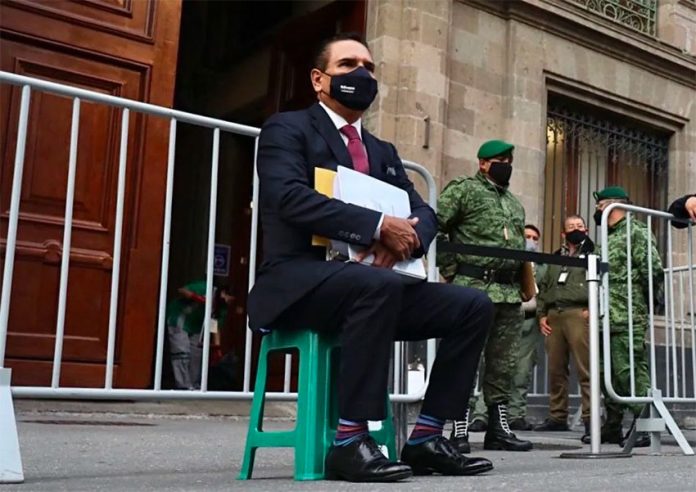A request to Israel for the extradition of a former official accused of compromising the investigation into the disappearance of 43 students in Guerrero in 2014 is being delayed as punishment for Mexico’s support of Palestine, says a senior Israeli official.
Mexico has requested the extradition of Tomás Zerón, head of the now-defunct Criminal Investigation Agency during the 2012-2018 government of former president Enrique Peña Nieto. He is accused of abduction, torture and tampering with evidence in the investigation into the September 2014 disappearance of the Ayotzinapa rural teachers college students, all of whom were presumably killed.
Zerón, who has lived in Israel since September 2019 and is seeking asylum there, is also accused of embezzlement of public resources to the tune of US $50 million in a separate case. He has denied all charges against him, saying they are politically motivated.
Israel has not publicly commented on Zerón’s case but an unnamed senior official who spoke with The New York Times said Mexico’s extradition request is being delayed as part of a “tit-for-tat diplomacy” strategy initiated by former Prime Minister Benjamin Netanyahu to penalize countries that oppose Israeli policies.
Mexico has supported United Nations investigations into allegations of war crimes committed by Israel against Palestinians. The country’s ambassador to Israel was recently summoned by the Israeli Foreign Ministry to explain why Mexico had voted in favor of a UN probe into alleged Israeli violations of international humanitarian law during intense fighting in the Middle East in May.
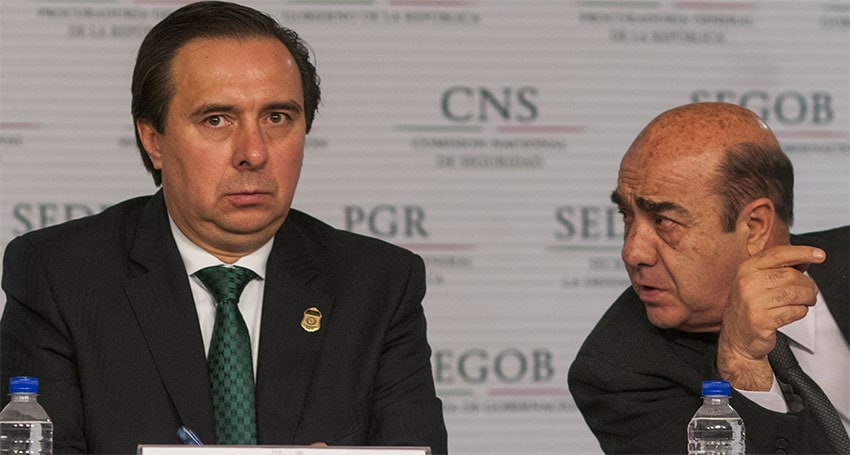
“Why would we help Mexico?” said the senior official who spoke with the Times on the condition of anonymity. The official also said there may be merit in Zerón’s claim for asylum in Israel.
“Just as Mexico is punishing Israel for crimes it did not commit, the official said, it may be prosecuting Mr. Zerón for political reasons,” the Times report said.
Deputy Interior Minister for Human Rights Alejandro Encinas rejected any claim that the case was politically motivated.
“What political persecution?” he remarked in an interview with the Times. “There is a video that’s public where this guy is torturing someone and threatening him with death. And that’s not a matter of speculation or political persecution of anyone.”
Mexico doesn’t have an extradition treaty with Israel but Foreign Affairs Minister Marcelo Ebrard said earlier this year that there is “a legal cooperation and assistance understanding derived from international agreements that both countries have signed.”
“… Both countries are obliged to act as if there was an extradition treaty when there are crimes … that go against human rights,” he said.
Ebrard said there is a “well-founded” torture accusation against Zerón and Israel is aware of it.
There is a video on YouTube showing the former investigator participating in the interrogation of a member of the gang that allegedly abducted the 43 students and threatening him with death.
The investigation led by Zerón into the disappearance of the students was discredited by a panel of international experts. They concluded that torture was used to obtain testimony, evidence was not handled properly and promising leads were disregarded.
The current federal government also repudiated the former government’s so-called “historical truth” – that the students were intercepted by corrupt municipal police in Iguala and handed over to a local crime gang, the Guerreros Unidos, whose members killed them, burned their bodies in a dump and scattered their ashes in a nearby river.
It launched a new investigation into the students’ disappearance and is expected to present its conclusions in September.
Kate Doyle, director of the Mexico Project at the Washington-based National Security Archive, told the Times that the families of the missing students – the remains of just three have been found and positively identified – won’t have answers until Zerón can be questioned by authorities.
“Zerón is part of a conspiracy of silence,” she said. “It’s a conspiracy that for almost seven years has prevented 43 families from knowing true facts about their sons’ disappearance. And until Zerón is called to account, the silence will persist, and the fate of the boys will remain a mystery.”
With reports from El Universal and The New York Times
